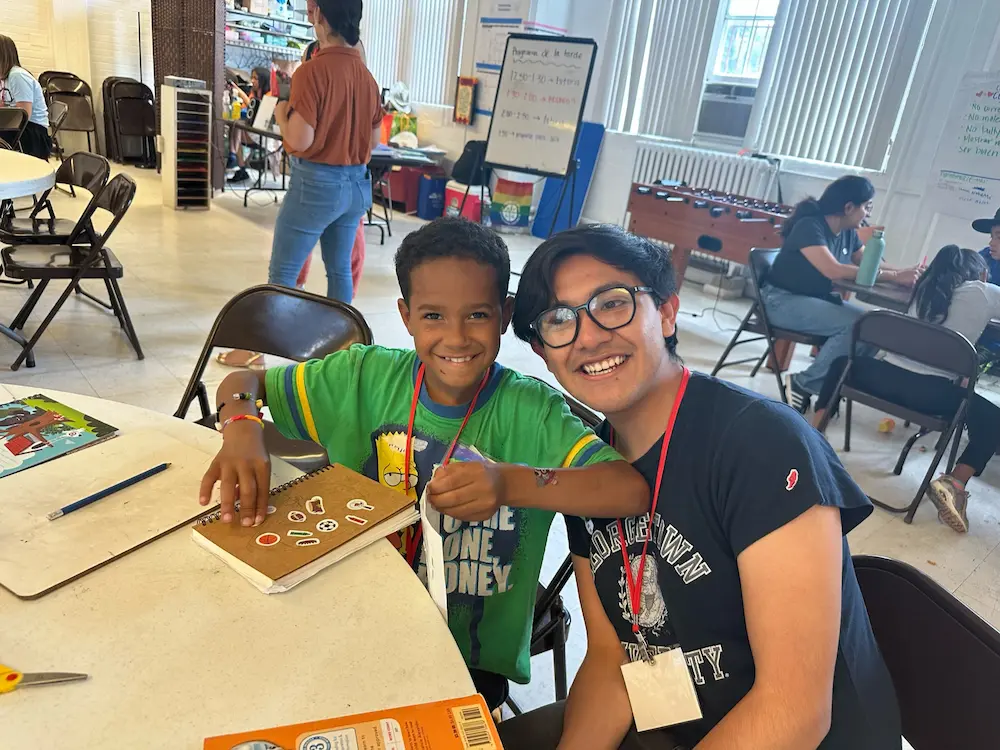Latest News: 24-25 Rolling RFP Now Accepting HIT Providers
Welcome to the Fifth Grade Math homepage! In fifth grade, students delve into multi-digit operations and mastering advanced concepts in multiplication and division. Through rigorous spiraled practice, they become increasingly fluent and accurate with complex mathematical procedures. A significant portion of the year is dedicated to fractions, where students explore topics such as comparing, ordering, and manipulating fractions using both models and equations. Students also apply their knowledge of operations to add, subtract, multiply, and divide fractions and they will continue to investigate equivalent and improper fractions along with mixed numbers. Moreover, fifth graders explore the intricate relationship between decimals, fractions, and place value. They learn to translate between these forms and apply their understanding to real-world situations. Throughout the year, they are challenged to think critically and apply problem-solving skills, honing their abilities for both academic success and real-world application.

Please review the CityTutor DC Lesson Overview and terms of use before using CTDC lessons.
To support alignment with common DC curricula, please review the 5th Grade Pacing Guide.
In partnership with the Office of the State Superintendent for Education (OSSE), CityTutor DC has developed a toolkit to help school leaders brainstorm and implement high-impact tutoring (HIT) in their schools.
Privacy Policy · Website designed by Buoy